Lady Carnarvon's Blog
- Christmas
- Community
- Dogs & Horses
- Egypt & Tutankhamun
- Entertaining
- Farm
- Filming
- Gardens
- History & Heritage
- Daily Life
- Royalty
- Cooking
- Interiors
- Heroes
- Architecture
- Cars
- Conservation
- Downton Abbey
- Events
- Gardens & Landscape
- Highclere Castle Gin
- History
- Planes
- Restoration
- Stories & Books
- Uncategorized
- Visitors
- Wildlife

Monday, 8 December, 2025
Secrets and Stories
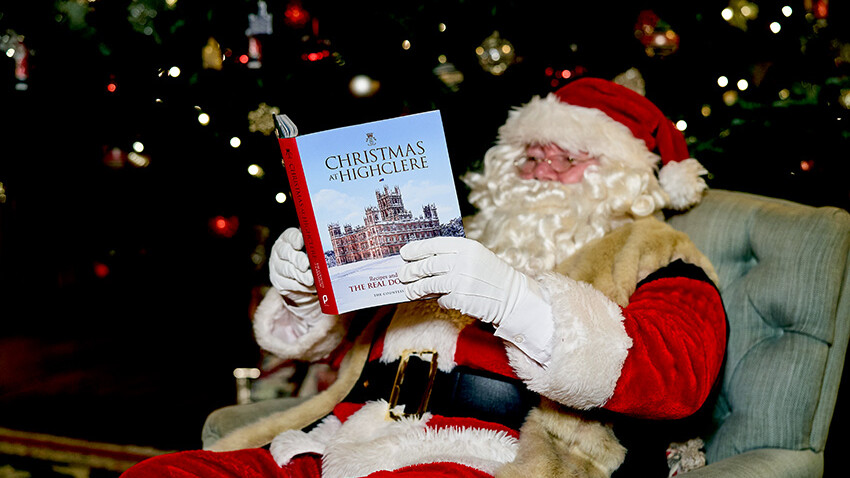
Monday, 1 December, 2025
Countdown to Christmas
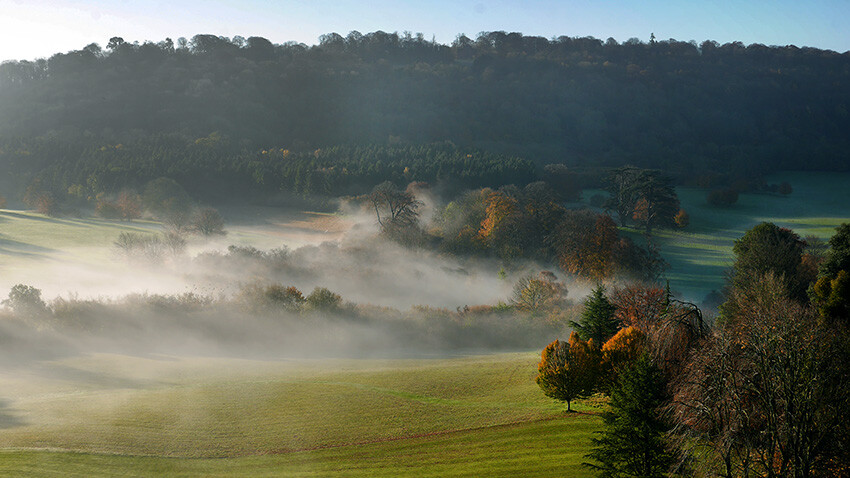
Monday, 24 November, 2025
Giving Thanks
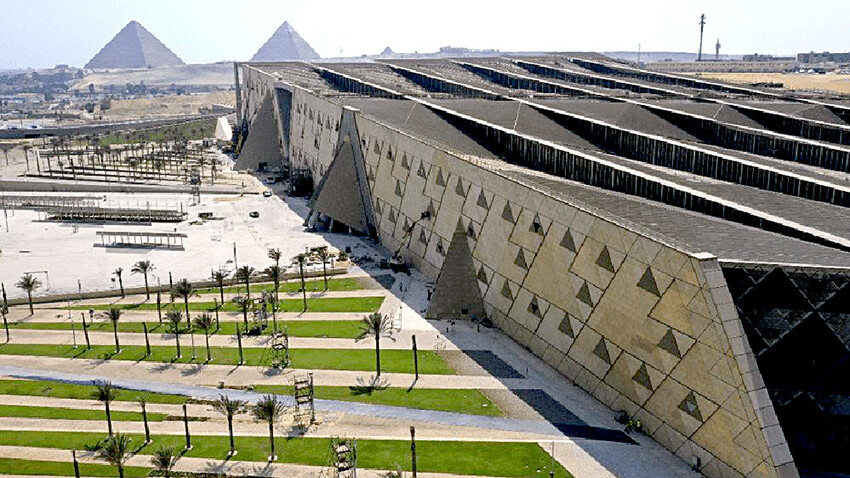
Monday, 17 November, 2025
The G.E.M.
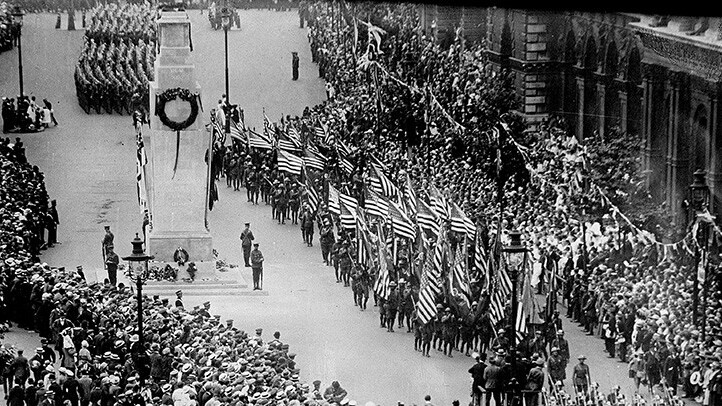
Monday, 10 November, 2025
The Cenotaph
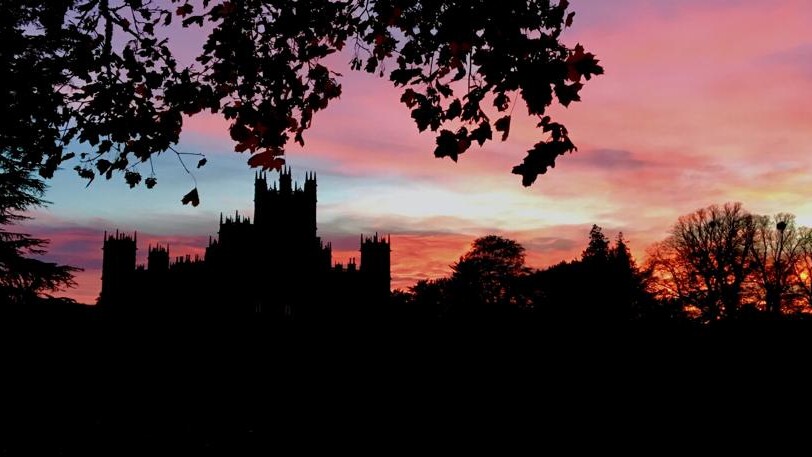
Monday, 3 November, 2025
All Hallows
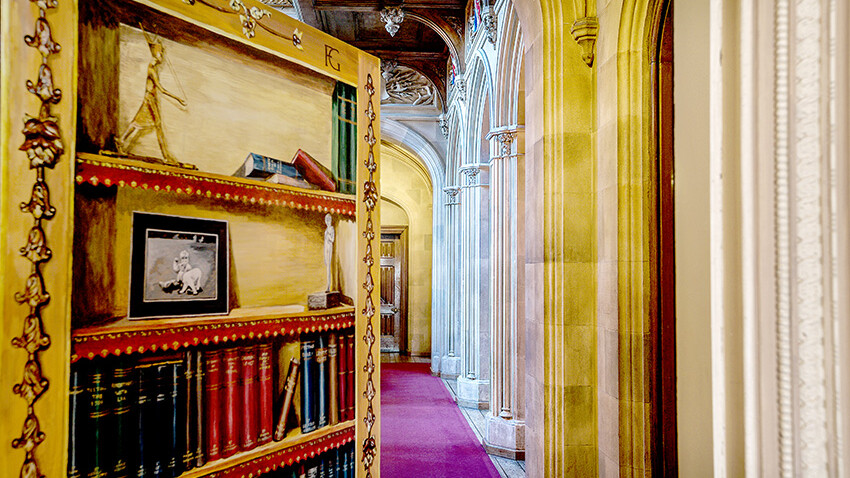
Monday, 27 October, 2025
Little Deceptions
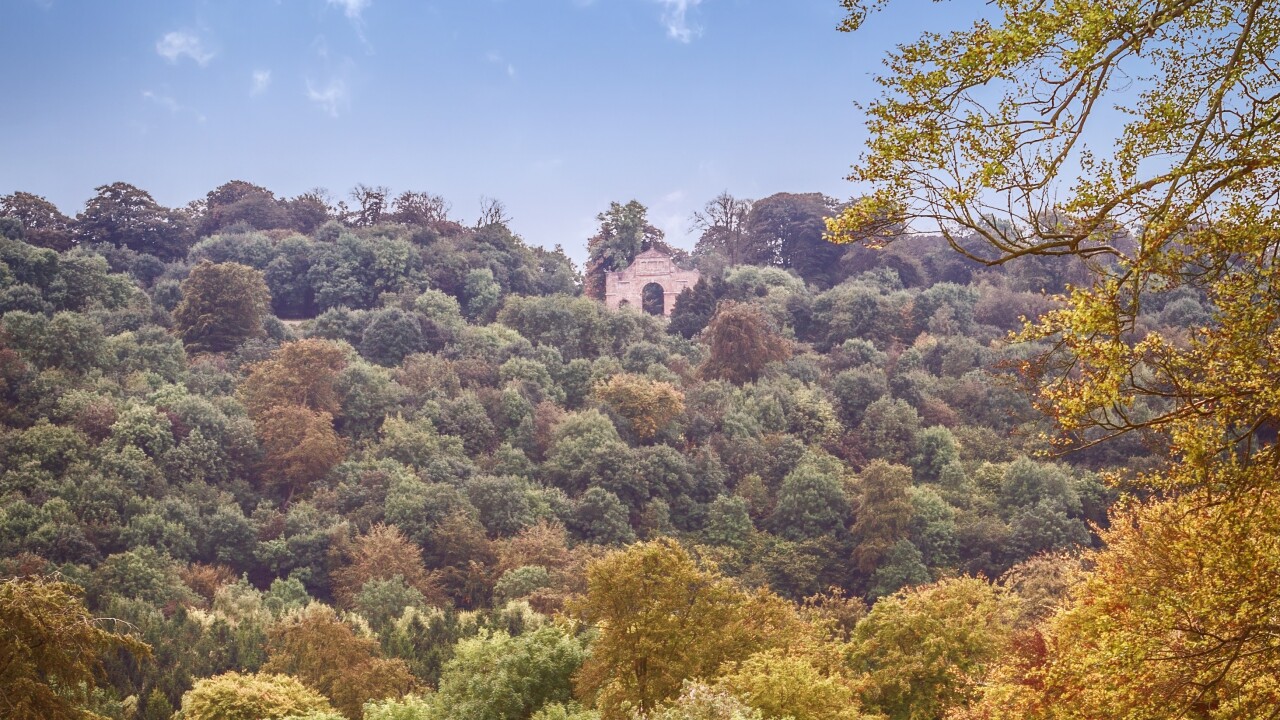
Monday, 20 October, 2025
Tree Ghosts
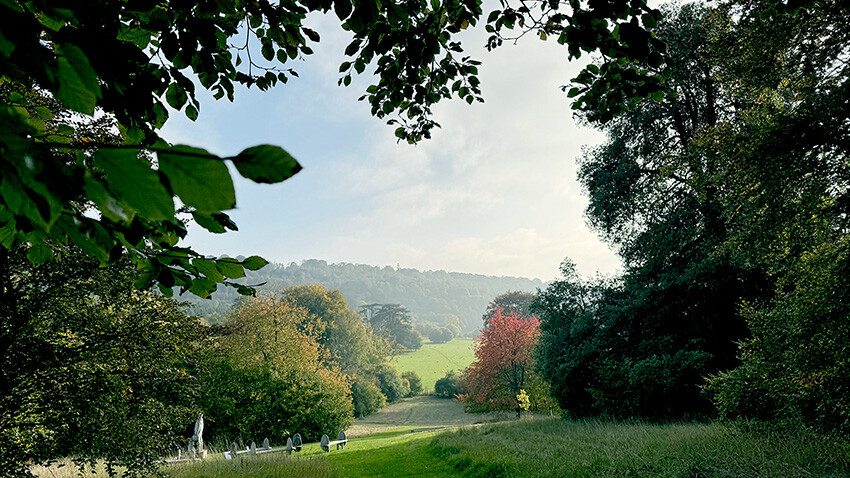
Monday, 13 October, 2025
Living Together




























